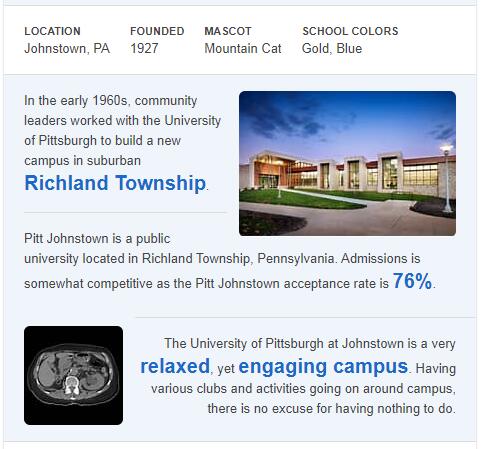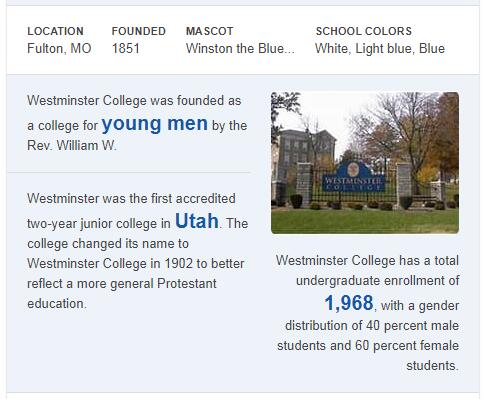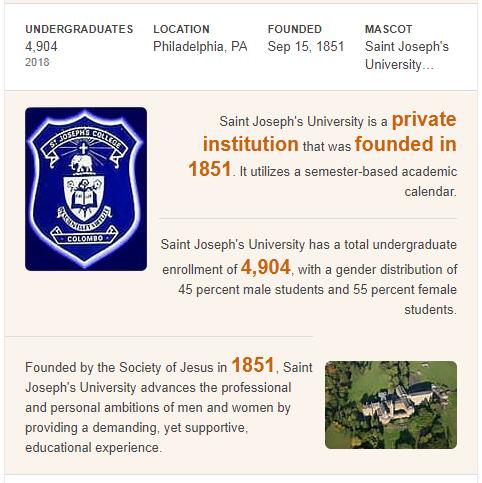Pennsylvania (officially the Commonwealth of Pennsylvania) is one of the US states. The state motto is “Virtue, Liberty and Independence”. The American abbreviation for the state is RA.
STATE NAME
The name of the state of Pennsylvania comes from the Latin words Penn Sylvania, which means “Land and forests of Penn.” The state of Pennsylvania got its name because in 1681 the English King Charles II donated the lands that are part of modern Pennsylvania to William Penn. This gift was made in repayment of the king’s debt to William Penn’s father, Admiral Penn, after whom the new colony was named.
GEOGRAPHY
The state of Pennsylvania is located in the Northeast of the United States and belongs to the mid-Atlantic states of the United States. The territory of Pennsylvania is 119,283 km2 (33rd place in the USA). Pennsylvania borders the states of New York (and Canada) to the north, New Jersey to the east, Delaware and Maryland to the south, West Virginia to the southwest, and Ohio to the west. Interestingly, the southern border of Pennsylvania runs along the historic “Mason-Dixon Line”.
Pennsylvania is called the “corner state” because it is a kind of bridge between the northeastern states of New England and the South of the United States, as well as between the Atlantic coast and the Great Lakes. The eastern border of Pennsylvania is formed by the Delaware River, one of the largest rivers on the Atlantic coast of the United States. Along a very picturesque river, there are several national parks and recreation areas that are among the most popular attractions in the United States. Southeastern Pennsylvania, often referred to as “Dutch Pennsylvania”, is located on the Piedmont Plateau. It is an area of gently sloping hills covered with forests, between which many rivers and streams flow. The Appalachian Mountains stretch from northeast to southwest Pennsylvania.
CLIMATE
Pennsylvania has a humid continental climate with hot summers and cool winters. In the central part of the state, around Harrisburg, the average temperature in January varies from -5°C to 0°C, the average temperature in July is from 17°C to 30°C. In the northwest, in the Lake Erie region, heavy snowfalls are common in winter, receiving twice as much rainfall as the state average. In the southeast, in the Philadelphia region, the climate is hotter, humid subtropical. The average temperature in July here is from 21°C to 30°C, in January – from -4°C to 4°C. Pennsylvania is periodically hit by the elements. During the summer and fall, tropical cyclones from the Atlantic bring downpours, often causing flooding in the state’s many rivers. Tornadoes sweep through Pennsylvania up to ten times a year.
ECONOMY
The modern state of Pennsylvania is characterized by a diverse economy with well-developed industry, agriculture and other industries. The largest economic centers of the state are the largest cities of Pennsylvania – Philadelphia and Pittsburgh.
Pennsylvania has been one of the most industrialized states in the US since the Industrial Revolution and has traditionally been part of the US Industrial Belt. This was facilitated by the rich reserves of iron ore and coal explored in the 19th century, thanks to which the steel industry and railroads flourished in Pennsylvania. It was in Pennsylvania that the first commercial oil well in the United States was drilled in 1859. In recent decades, steel production in Pennsylvania has declined sharply, many factories have closed, and the “US industrial belt” has become known as the “rust belt.” Nevertheless, Pennsylvania continues to be the leading producer of specialty steels in the United States, with many engineering enterprises operating in the state (including the largest locomotive plant in the United States, owned by General Electric, in the city of Erie in the northwest; factory for the production of the legendary Harley-Davidson motorcycles in York and others).
TOURISM
Tourism is a very important industry for the economy of Pennsylvania. The diverse nature of Pennsylvania and the rich history of the state attract many tourists. Pennsylvania is home to several National Historic Parks and memorial sites. Among them are the Valley Forge National Historical Park, Philadelphia National Historical Park, Gettysburg National Military Park and other memorable places dedicated to the events of the US Revolutionary War and the Civil War.
Numerous natural objects of Pennsylvania are very beautiful and interesting for tourists. The National Recreation Area in the picturesque Delaware River Valley, which forms the border between the states of Pennsylvania and New Jersey, is one of the most popular attractions in the United States. Another important step in attracting even more tourists to Pennsylvania was the legalization of gambling in 2004, including slot machines and betting on horse races. In 2010, poker, roulette and blackjack, the most popular among casino regulars, were also allowed. In Pennsylvania, gambling establishments began to open one after another, now there are ten casinos and racetracks in the state. Interestingly, in the city of Bethlehem, which was once called the “heavy industry capital of the United States”.
Largest Counties in Pennsylvania
One of the original 13 colonies, Pennsylvania is known for its role in early American history, including the signing of the Declaration of Independence in Philadelphia. It has 67 counties. 10 Largest Counties in Pennsylvania 1. Philadelphia County County Facts…
Read more

























